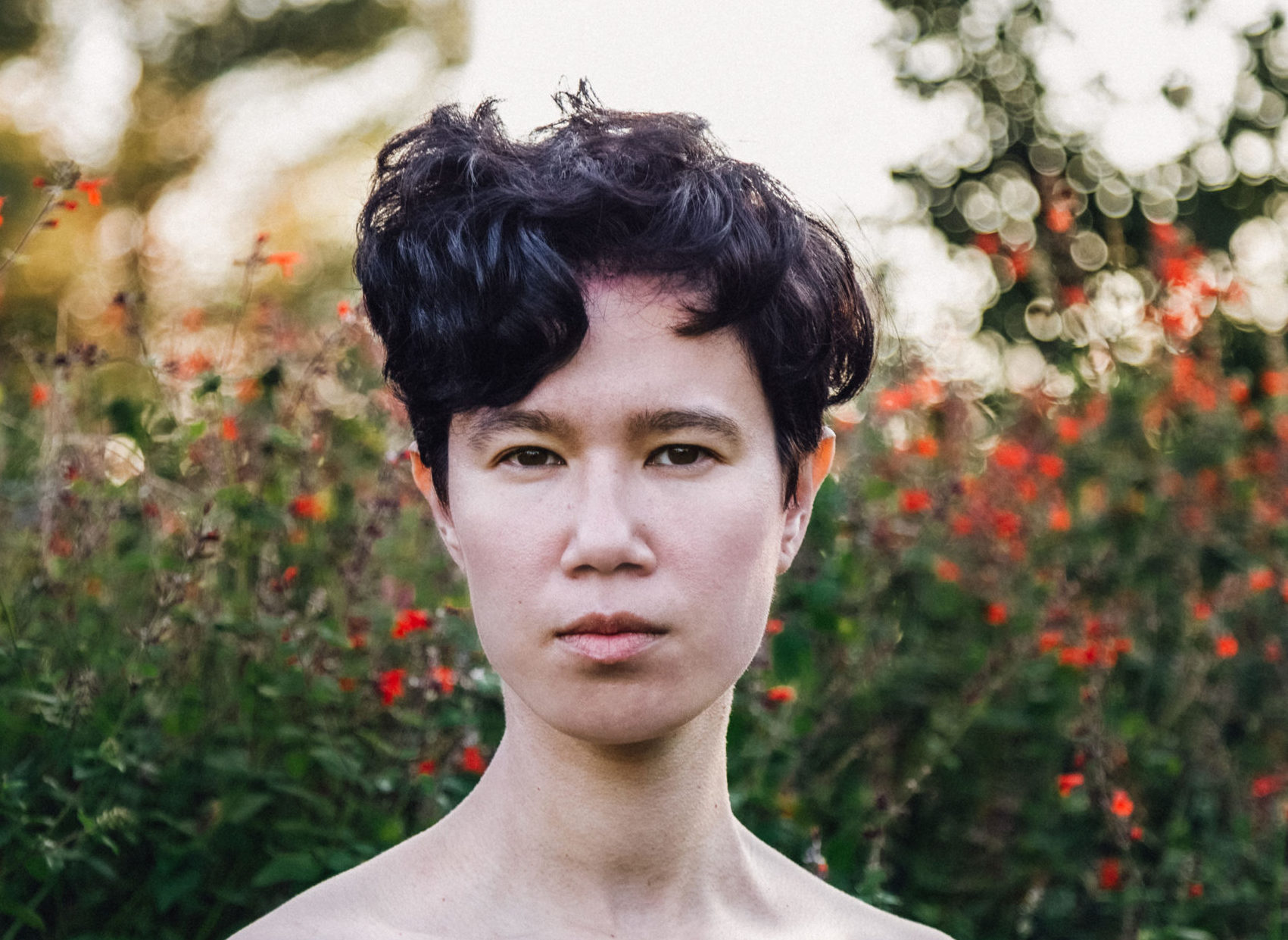
Why “Jew of Color” Doesn’t Tell the Whole Story
As a young child, I would leave letters on the kitchen table for my mother to read when she got home from work. I would sign them “Love, your Chinese-American daughter May,” or “Love, your Chinese daughter May.” Being Chinese, being Chinese-American was so important to who I was.
I grew up in a secular household, the granddaughter of Holocaust survivors. Though I tried to get involved with Jewish life after high school, door after door was shut on me. It was only during my first year of rabbinical school that I experienced a Shabbat meal, observed Rosh Hashanah, attended a Yom Kippur service, and participated in a Passover seder. So beginning rabbinical school really meant throwing myself head first into Judaism. I had to immerse myself deeply in all aspects—reading the Torah, experiencing Shabbat and holiday services, learning Hebrew, and studying Jewish histor—to succeed in the program.
As I have begun to sink into what it means to be Chinese-American in these times of increased racism and hate crime against Asians and Asian Americans in the United States, core questions began to surface—or resurface– for me. What am I doing in rabbinical school? Have I neglected my Chinese identity for my Jewish identity?
I am the founder of the Person of Color Havurah (affinity group) at Kol Tzedek Synagogue and of Min Hameitzar: A National Network of Jews of Color Havurot. I have devoted so much of my time in rabbinical school to creating spaces for Jews of Color to exist in their fullness, where they don’t have to leave any of their identities at the door, attempt to hide them, or feel less than because of a way they look different from the majority white crowd. I rewrite liturgy and recreate ritual so that Jews of Color can find a place for their full ancestry to integrate into otherwise white Ashkenorative Jewish space. But in my self reflections in the aftermath of the murders in Atlanta this year, I have paused to wonder about how I do this work.
Jew of Color is a phrase I often use to define myself and my community. But the phrase inherently names me as a Jew first and a person of color second. It places Judaism as the identity that is most important to me. The work I do speaks to this very identity of Jew of Color, where I weave my Chinese identity on top of Jewish ritual.
I created a special Havdallah for Jews of Color in which I invite people to reimagine the Havdallah besamim, the Havdallah spices. I invite them to transport themselves to their childhood kitchens, to invoke the smells of their grandparents cooking, to recall the ingredients they were instructed to always begin cooking with, to remember the staples that always lined the pantry shelves. Often to the familiar tune of Debbie Friedman’s Havdallah, we lift these non-traditional besamim, smells of Havdallah, to our noses, and something transforms. We are able to bring the parts of us that are of color, that are not usually represented or often fully welcomed into Jewish space, into Jewish ritual. Even though this work is powerful and meaningful, it centers my Judaism more and treats my Chinese identity as secondary, which Jewish communities already seek to do.
Though I myself have found this JOC Havdallah to be meaningful and have been moved to see the impact it has had on others, I am feeling that I want more. I want to step away from the label of Jew of Color and re-meet the little girl who wrote letters to her mother and proudly signed “your Chinese-American daughter.” I want to connect with what it means for myself to be Chinese-American and part of a larger Asian-American community in the United States. I do not want to intentionally or subconsciously silence any part of myself. I want my Chinese identity to shine as brightly and as boldly as I have let my Jewish identity shine since I have been in rabbinical school.
I have a journey ahead of me. What does it mean to have multiple identities—and to integrate them together, rather than hold them side by side? How can I support and build community and ritual where people can actively and nonjudgmentally experience what it feels like for their identities to dance with each other?
As I have woven being Chinese on top of Judaism, I want to explore what it would mean to weave Judaism on top of Chinese culture and tradition. I hope to find a place where I can be Chinese and be Jewish together, creating one tapestry where the Jewish parts and the Chinese parts of myself are perhaps indistinguishable from one another.



